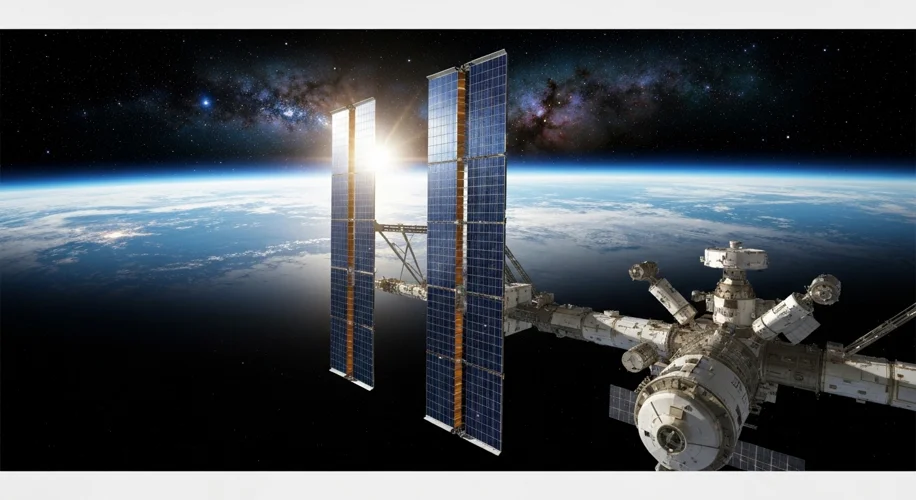The vastness of space holds a certain allure, a frontier that humanity has ventured into with courage and innovation. Yet, even in the meticulously planned missions of space exploration, the unexpected can occur, leaving behind not just footprints, but forgotten objects. From the earliest days of space travel to more recent endeavors, astronauts have inadvertently shed items, transforming personal effects and vital tools into orbiting relics.
The dawn of the Space Age was a period of intense experimentation and rapid advancement. Each mission was a leap into the unknown, pushing the boundaries of what was thought possible. With this pioneering spirit came the inherent risks and the potential for unforeseen circumstances. The early spacesuits, bulky and complex, were designed for survival, but not necessarily for perfect containment of every loose item.
One of the earliest instances of an item lost in space occurred during the Gemini program. In 1965, astronaut Ed White famously became the first American to perform a spacewalk. Clad in his Extravehicular Mobility Unit (EMU), White ventured out of the Gemini IV capsule, tethered but free-floating against the backdrop of Earth. During this historic excursion, a glove slipped from his grasp. It wasn’t a major mission impact, but this small, white glove became one of the first pieces of human-made debris to orbit the planet, a poignant symbol of humanity’s first tentative steps beyond Earth’s atmosphere.

Over the years, other items have joined White’s glove in orbit. Tools, essential for repairs and experiments, have occasionally been misplaced. During the Apollo missions to the Moon, astronauts were equipped with specialized tools. While most were carefully stowed, the vacuum of space and the rigorous movements required during extravehicular activities could sometimes lead to a stray object finding its way into the void. Cameras, precious instruments for documenting these historic journeys, have also been lost, their silent lenses forever pointed towards the cosmos.
The International Space Station (ISS) has seen its share of lost items as well. The station is a bustling hub of scientific activity, and astronauts are constantly working with a variety of equipment. The Zero-G environment, while facilitating movement, can also be a challenge for keeping track of smaller objects. Astronauts have reported losing items ranging from specialized tools to even personal items like cameras or data pads. These often drift away during spacewalks or are accidentally released during cargo transfers.
One notable instance involved a lost camera during a spacewalk by NASA astronaut Sunita Williams in 2006. While conducting maintenance on the ISS, a camera bag slipped from her tether and began to drift away. Fortunately, it was later tracked and, remarkably, re-entered the Earth’s atmosphere and burned up, a fleeting visitor from orbit.
These lost items, though often minor in the grand scheme of a space mission, highlight the immense challenges and inherent risks of operating in the harsh environment of space. They serve as a reminder of the human element in these complex technological feats – the fallibility that even the most advanced training and procedures cannot entirely eliminate.
While the amount of debris created by these lost items is minuscule compared to discarded rocket stages or defunct satellites, each lost object adds to the growing problem of space junk. These orbital cast-offs pose a threat to active spacecraft, increasing the risk of collisions. The irony is not lost that the very act of exploring space, with its meticulous planning and advanced technology, also contributes to the clutter of that final frontier.
In retrospect, these lost tools, gloves, and cameras are more than just space debris. They are tangible markers of humanity’s journey into the cosmos, small testaments to the courage, ingenuity, and occasional, very human, mishaps that have defined our exploration of space.

